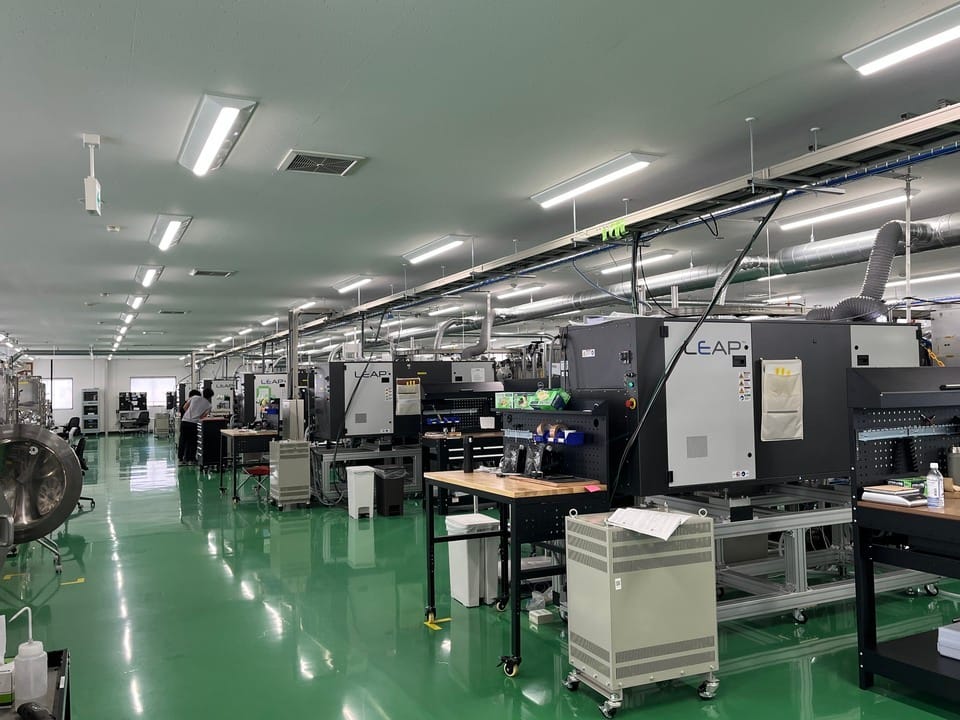A recent agreement between Faraday Factory Japan and Proxima Fusion marks a major development for global fusion supply chains. The Tokyo-based HTS (high-temperature superconductor) manufacturer will supply advanced superconducting tape to support Proxima Fusion’s demonstration stellarator magnet.
The timing of the announcement follows Proxima’s €130M Series A, the largest private fusion round in European history. Spun out from the Max Planck Institute for Plasma Physics in 2023, Proxima aims to commercialize a next-generation stellarator, building on the success of Wendelstein 7-X. It plans to complete its demo magnet in 2027, with power plant deployment targeted for the 2030s.
What the Deal Means for Faraday Factory
As the fusion supply chain begins to mature, this contract cements Faraday’s position near the front of the pack when it comes to HTS materials. It’s a win on several fronts:
1. Further Validation in a Complex, High-Stakes Application
Stellarators demand precise, high-performance magnets. Proxima’s choice of Faraday’s tape is another vote of confidence in its performance (current-carrying capacity, uniformity, and mechanical strength in a complex coil) and in Faraday’s quality control.
2. Strategic Entry into Europe’s Fusion Ecosystem
Faraday has already supplied major players like Commonwealth Fusion Systems in the U.S. (formerly under the SuperOx brand) and several programs across Asia. The Proxima deal extends its footprint into Europe, anchoring Faraday as a key supplier in all major fusion ecosystems. That diversification means less reliance on any single region and positions the company as a truly global HTS supplier.
3. Foothold for Long-Term Growth
If Proxima’s demo magnet succeeds, it will be followed by progressively more advanced devices, with each one requiring more tape. Early delivery success puts Faraday in a prime position to secure those future orders, potentially totaling tens of thousands of kilometers of HTS tape.
It could also open the door to higher-value partnerships. Faraday could become a preferred supplier not just of raw tape but also a partner in developing cabled conductors and other components as fusion companies streamline their supply chains.

Floor-level view of Faraday Factory Japan’s HTS tape production line.
Why it Matters for Global Supply Chains
Faraday Factory, in less than two decades, has grown into one of the largest manufacturers of HTS tape. The company has placed some strategic bets, ramping up production tenfold since 2020 in anticipation of surging demand from the fusion sector.
So far, these bets have paid off. Faraday has already delivered over 5,000 km of HTS tape to fusion companies, with manufacturing capacity continuing to expand following the 2024 opening of a new high-throughput factory in Kanagawa, Japan.
The new Proxima Fusion contract, likely the largest HTS supply deal for any stellarator to date, positions Faraday as a linchpin supplier in the European fusion ecosystem. This dominant position puts pressure on newer entrants like Suprema, who we profiled a few weeks back. Suprema is targeting European fusion customers with ReBCO tape developed through a proprietary approach to Pulsed Laser Deposition (PLD). But without Faraday’s scale, it's likely to face headwinds in securing flagship supply contracts.
Still, the race is just beginning, and several manufacturers are vying to meet the projected demand for HTS materials. SuperPower (owned by Furukawa Electric) is supplying hundreds of kilometers of tape to Tokamak Energy in the U.K. Japan’s Fujikura was recently selected as a key HTS supplier for the U.K.’s STEP program.
That demand is only expected to grow. Fusion prototypes often require thousands of kilometers of HTS tape. Commercial reactors could need hundreds of thousands. No single supplier can meet that demand alone, but Faraday’s production capacity and international client base give it a clear early advantage.